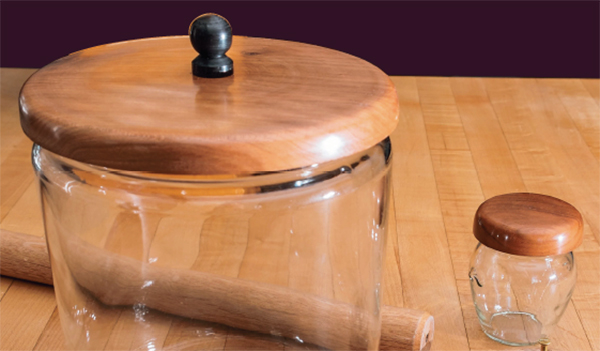
Although I have always considered myself a furniture builder with a turning problem, it’s understandable why you might think of me primarily as a woodturner. In fact, I hate to do any piece of woodworking without including some turning. I even work turning into my home repair.
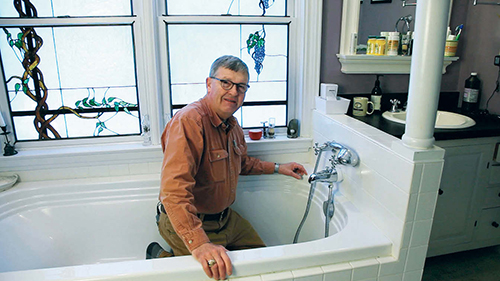
In this article, I’ve provided some thoughts on ways to include turning in your household, along with some projects I have done over the years, with the hopes that they will get your mind to thinking turning in all woodworking.
Clotheshorse Closet Rods
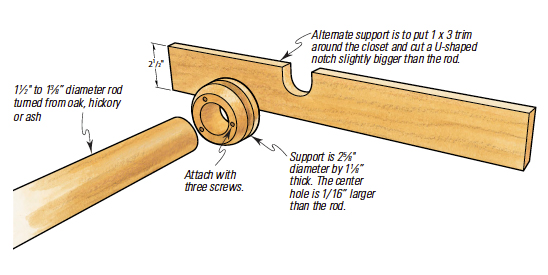
My wife, Susan, is a talented fiber artist, so we both have an affinity for clothes; much of this clothing is wool or linen. I long ago grew tired of the box store clothes rods in our closets sagging under the weight of our threads.
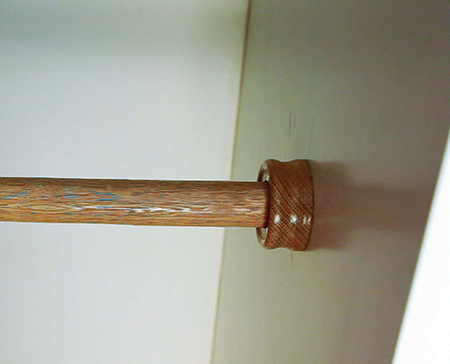
The answer was simple: turn 1-1⁄2″-diameter clothes rods from oak. The supports holding the rod will break before the rod sags. I like to faceplate turn the supports, but simple housings cut in 1×3 trim at either side work well, too. This is simple straight turning that gives a high-end custom look to your home.

You can find construction details in the illustration above and more information on turning long, slender spindles in the April 2015 issue of Woodworker’s Journal.
Jar and Canister Lids
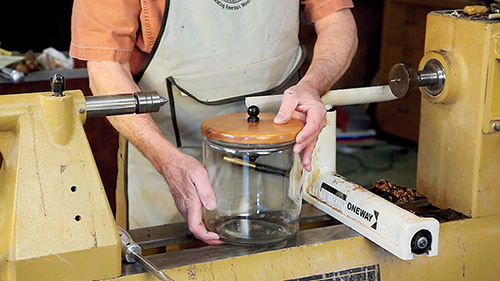
Every home has at least one jar or canister with a missing or broken lid. It is an easy matter to turn a new one and give this jar or canister a second life. This is a great faceplate turning job that will make the owner very happy.
These days, I do a separate spindle turning to create a knob for the lid, as it saves wood. You can also turn your knob as part of the lid if you start with 5/4 or 6/4 material — but you have to sweep up a lot of shavings.
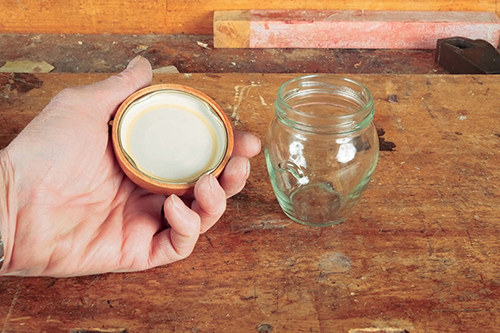
You can also turn wooden lids with a recess that offers a snug fit for the original metal lid. This gives you a method to create an attractive storage option from a jar that was previously headed straight for the recycling bin.
Lamp Finials
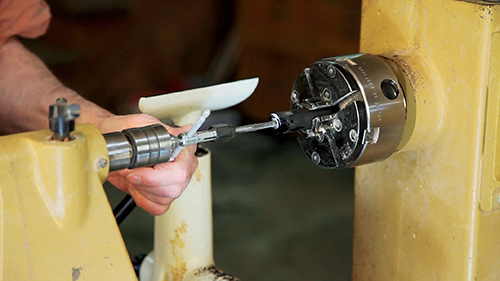
The average floor or table lamp has a finial that secures the shade to the harp. Many are made of plastic and look cheap. Turning a new finial is a great project and one that can be done in a mini-lathe.
There is one slight speed bump to this project. The threaded stud on the top of a lamp harp is of a very peculiar pitch: 1/4″-27. Standard hardware threads are either 1/4″ by 20 or 28 threads per inch. This leaves you with a limited number of choices.
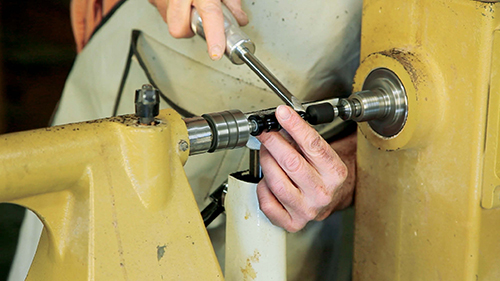
One is to buy a brass 1/4″-28 thread, superglue this into the blank for your finial and accept that there will be a bit of cross threading. Since the distance is small, this usually is not a problem. Or, you could order some 1/4″-27 nuts from a lighting parts supplier (I use GrandBrass).
Another solution is to drill a 1/2″ counterbore in the blank with a Forstner bit to the depth of the nut you’re going to use. On average, 1/4″-28 or 27 nuts are 7/16″ across the flats. This puts the corner-to-corner distance at just a tad over 1/2″, making them a press fit. Superglue seals the deal. Before pressing in the nut, you may want to drill a tad deeper with a 1/4″ drill to give the excess screw thread on the harp someplace to go.
A final option is to order a 1/4″-27 tap from an industrial hardware, such as McMaster-Carr. Just run the tap through a 1/4″-28 nut, and you are good to go. This is also a good option if you want to use plastic or tagua nut for the finial and tap it directly.
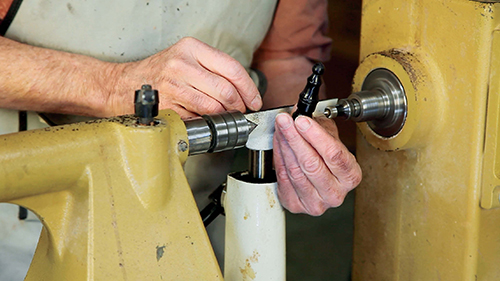
I have made a few finials from tagua nut, which is the nut of the ivory palm tree and is indistinguishable from ivory except by chemical test. There are a wide variety of turnable high grade plastics (not the cheap plastic that came with the lamp) sold by turning supply houses that would make dandy finials.
You’ll drill a 1/2″ counterbore in the finial blank, then drill deeper with a #3 twist drill. Superglue in a 1/4″-28, or even a 20, and tap the nut. Using a live center in the tailstock to support your tap holder will ensure the thread is on an axis with the hole.
Other Options
What else can you turn for your home? The sky’s the limit — or is it your ceiling?
For instance, you could turn ceiling medallions for chandeliers. Expensive or unobtainable these days, they are nonetheless easy to make with a sheet of plywood and some wood scraps glued to it. Straight scraping — outboard, of course.
Circular molding. Can’t buy it (or, if you can, it is ugly). Scrape your own with mitered pieces paper-jointed to a disk of plywood.
Escutcheons for doorbell and garage door buttons. You can make them look much better than the cheap plastic escutcheons that come with such items today.
Use your imagination and turn a woodturner’s eye toward your household.





